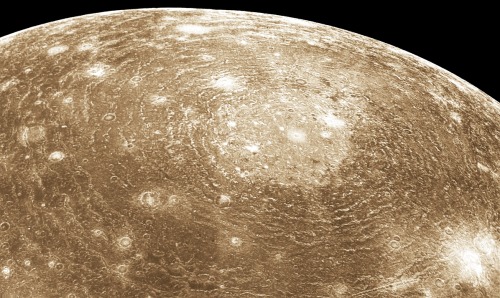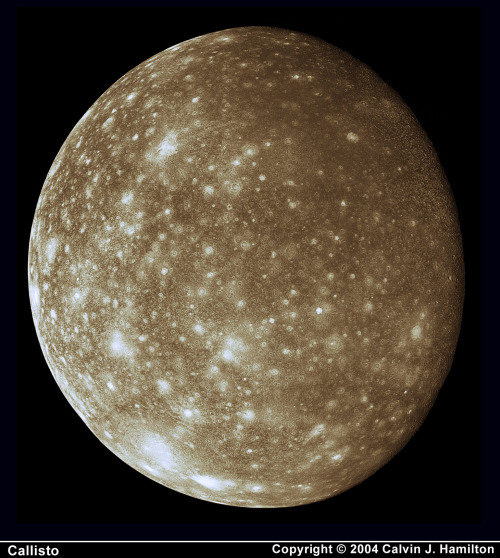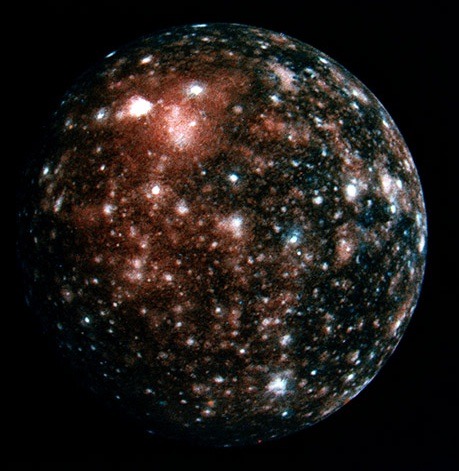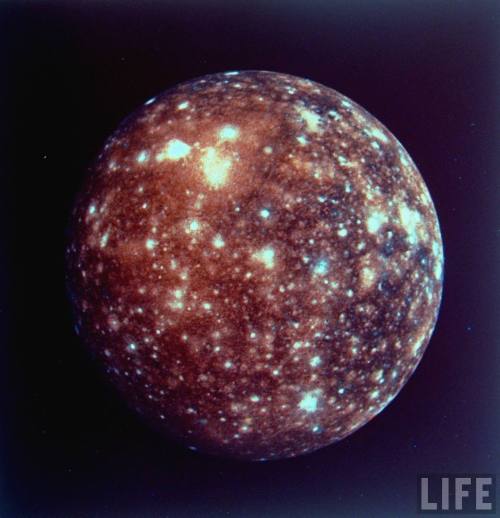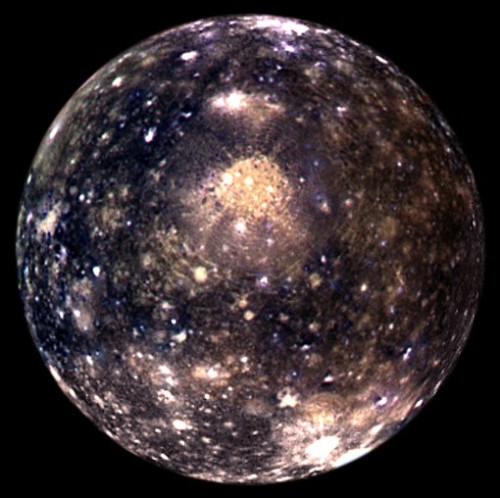Here’s The Nose Scratching Sponge I Talked About In Episode 19!
Here’s the nose scratching sponge I talked about in Episode 19!

This is how astronauts clear our ears (and scratch our noses!) during a spacewalk.
More Posts from Fillthevoid-with-space and Others
Gretchen: On the International Space Station, you have astronauts from the US and from other English speaking countries and you have cosmonauts from Russia. And obviously it’s very important to get your communication right if you’re on a tiny metal box circling the Earth or going somewhere. You don’t want to have a miscommunication there because you could end up floating in space in the wrong way. And so one of the things that they do on the ISS – so first of all every astronaut and cosmonaut needs to be bilingual in English and Russian because those are the languages of space. Lauren: Yep. Wait, the language of space are English and Russian? I’m sorry, I just said ‘yep’ and I didn’t really think about it, so that’s a fact is it? Gretchen: I mean, pretty much, yeah, if you go on astronaut training recruitment forums, which I have gone on to research this episode… Lauren: You’re got to have a backup job, Gretchen. Gretchen: I don’t think I’m going to become an astronaut, but I would like to do astronaut linguistics. And one of the things these forums say, is, you need to know stuff about math and engineering and, like, how to fly planes and so on. But they also say, you either have to arrive knowing English and Russian or they put you through an intensive language training course. But then when they’re up in space, one of the things that they do is have the English native speakers speak Russian and the Russian speakers speak English. Because the idea is, if you speak your native language, maybe you’re speaking too fast or maybe you’re not sure if the other person’s really understanding you. Whereas if you both speak the language you’re not as fluent in, then you arrive at a level where where people can be sure that the other person’s understanding. And by now, there’s kind of this hybrid English-Russian language that’s developed. Not a full-fledged language but kind of a- Lauren: Space Creole! Gretchen: Yeah, a Space Pidgin that the astronauts use to speak with each other! I don’t know if anyone’s written a grammar of it, but I really want to see a grammar of Space Pidgin.
Excerpt from Episode 1 of Lingthusiasm: Speaking a single language won’t bring about world peace. Listen to the full episode, read the transcript, or check out the show notes. (via lingthusiasm)

Hubble Showcases a Remarkable Galactic Hybrid : UGC 12591s classification straddles somewhere between a lenticular and a spiral galaxy. It lies just under 400 million light-years from us in the PiscesPerseus Supercluster.
js
One more reblog! Seriously, hit me up by Friday, April 14th if you have strong opinions about what I delve into next, research-wise. I’m ready to get back to it. You can tweet me (@HDandtheVoid) or comment here on tumblr maybe? I have anonymous on, no worries. :)

The first episode is here! I have never done this before and right now, I’m planning to put up a podcast every two weeks.
Below the cut is some elaboration on the episode itself, including my sources, music credits, a glossary, and a transcript (not an exact record of this episode, but it’s the script I was working with and it’s both conversational and also a little less rambling than what I actually said). I’m on Twitter now, too: @HDandtheVoid. I don’t know what I’ll put there yet except maybe fun little facts and, of course, notifications on when an episode goes up.
Let me know what you think of this episode, let me know what you think I should research next*, tell me a fun space fact… anything’s helpful at this point!
*(Move fast if you feel strongly about what I research next, though, cuz I have to get it done by April 24th—I don’t mention it in the podcast but this is me telling you now so I am held accountable; April 24th is the next podcast.)
Keep reading
why is there star
gas cloud get squished (gravitational collapse) then sometimes smaller elements can squish together to make bigger elements (nuclear fusion) and this continues as long as the smolest elements (hydrogen and helium) are in the core

NASA has emailed a wrench to astronauts in space
Responding to International Space Station (ISS) astronauts’ need for a wrench, NASA solved the problem by emailing a digital file to the ISS. The astronauts then 3D-printed the tool.
In a post on Backchannel, Mike Chen, founder of Made In Space, explained how the process worked.Made in Space is a Silicon Valley startup that built the 3D printer that was shipped to the ISS in September. In November, the first-ever 3D-printed part was, yes, made in space.
“My colleagues and I just 3D-printed a ratcheting socket wrench on the International Space Station by typing some commands on our computer in California,” Chen wrote in his post. “We had overheard ISS Commander Barry Wilmore … mention over the radio that he needed one, so we designed one in CAD and sent it up to him faster than a rocket ever could have. This is the first time we’ve ever ‘emailed’ hardware to space.”
Hahaha, right after I start out a podcast talking about how we’ll never poke the Sun, it turns out we’re sending a probe to do just that!
Solar System: Things to Know This Week
Mark your calendars for summer 2018: That’s when we’re launching a spacecraft to touch the sun.
In honor of our first-ever mission to the heart of the solar system, this week we’re delving into the life and times of this powerful yellow dwarf star.

1. Meet Parker
Parker Solar Probe, our first mission to go to the sun, is named after Eugene Parker, an American astrophysicist who first theorized that the sun constantly sends out a flow of particles and energy called the solar wind. This historic mission will explore one of the last regions of the solar system to be visited by a spacecraft and help scientists unlock answers to questions they’ve been pondering for more than five decades.

2. Extra SPF, Please
Parker Solar Probe will swoop within 4 million miles of the sun’s surface, facing heat and radiation like no spacecraft before it. The mission will provide new data on solar activity to help us better understand our home star and its activity - information that can improve forecasts of major space-weather events that could impact life on Earth.

3. Majorly Massive
The sun is the center of our solar system and makes up 99.8 percent of the mass of the entire solar system. If the sun were as tall as a typical front door, Earth would be about the size of a nickel.
4. Different Spin
Since the sun is not a solid body, different parts of the sun rotate at different rates. At the equator, the sun spins once about every 25 days, but at its poles the sun rotates once on its axis every 36 Earth days.

5. Can’t Stand on It
The sun is a star and a star doesn’t have a solid surface. Rather, it’s a ball of ionized gas 92.1% hydrogen (H2) and 7.8% helium (He) held together by its own gravity.
6. Center of Attention
The sun isn’t a planet, so it doesn’t have any moons. But, the sun is orbited by eight planets, at least five dwarf planets, tens of thousands of asteroids, and hundreds of thousands to trillions of comets and icy bodies.

7. It’s Hot in There
And we mean really, really hot. The temperature at the sun’s core is about 27 million degrees Fahrenheit. However, its atmosphere, the corona, can reach temperatures of 3 million degrees. (That’s as if it got hotter the farther away you got from a fire, instead of cooler!) Parker Solar Probe will help scientists solve the mystery of why the corona’s temperature is so much higher than the surface.

8. Travel Conditions
The sun influences the entire solar system, so studying it helps us better understand the space weather that our astronauts and spacecraft travel through.
9. Life on the Sun?
Better to admire from afar. Thanks to its hot, energetic mix of gases and plasma, the sun can’t be home to living things. However, we can thank the sun for making life on Earth possible by providing the warmth and energy that supply Earth’s food chain.
10. Chance of a Lifetime
Last but not least, don’t forget that the first total solar eclipse to sweep across the U.S. from coast-to-coast since 1918 is happening on August 21, 2017. Our toolkit has you need to know to about it.
Want to learn more? Read our full list of the 10 things to know this week about the solar system HERE.
Make sure to follow us on Tumblr for your regular dose of space: http://nasa.tumblr.com
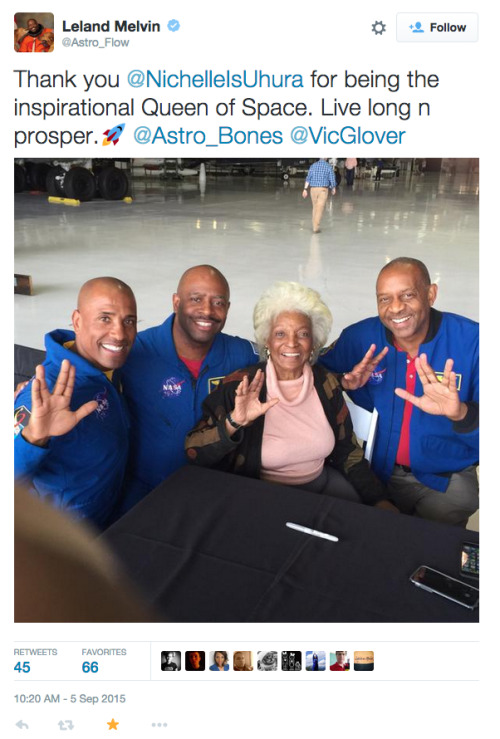
Why Star Trek matters.
-
 oihvgci liked this · 1 year ago
oihvgci liked this · 1 year ago -
 mythshotelsrestaurants liked this · 5 years ago
mythshotelsrestaurants liked this · 5 years ago -
 captainmuddy-blog reblogged this · 7 years ago
captainmuddy-blog reblogged this · 7 years ago -
 grelse reblogged this · 7 years ago
grelse reblogged this · 7 years ago -
 aliwhat reblogged this · 7 years ago
aliwhat reblogged this · 7 years ago -
 thingonmyback liked this · 7 years ago
thingonmyback liked this · 7 years ago -
 madamairlock reblogged this · 7 years ago
madamairlock reblogged this · 7 years ago -
 itmightbehere reblogged this · 7 years ago
itmightbehere reblogged this · 7 years ago -
 siriuslylupinn liked this · 7 years ago
siriuslylupinn liked this · 7 years ago -
 nagareboshi-san liked this · 7 years ago
nagareboshi-san liked this · 7 years ago -
 fillthevoid-with-space reblogged this · 7 years ago
fillthevoid-with-space reblogged this · 7 years ago -
 neruomancer liked this · 7 years ago
neruomancer liked this · 7 years ago -
 maxinelund liked this · 7 years ago
maxinelund liked this · 7 years ago -
 khosmiss liked this · 7 years ago
khosmiss liked this · 7 years ago -
 teela1978 reblogged this · 7 years ago
teela1978 reblogged this · 7 years ago -
 kubleeka reblogged this · 7 years ago
kubleeka reblogged this · 7 years ago -
 kubleeka liked this · 7 years ago
kubleeka liked this · 7 years ago -
 spyral-out-keep-going liked this · 7 years ago
spyral-out-keep-going liked this · 7 years ago -
 lovefromthebeastbelow reblogged this · 7 years ago
lovefromthebeastbelow reblogged this · 7 years ago -
 heavymetalchemist reblogged this · 7 years ago
heavymetalchemist reblogged this · 7 years ago -
 superspy-anon liked this · 7 years ago
superspy-anon liked this · 7 years ago -
 koriolanne reblogged this · 7 years ago
koriolanne reblogged this · 7 years ago -
 avionicstek liked this · 7 years ago
avionicstek liked this · 7 years ago -
 artificialities liked this · 7 years ago
artificialities liked this · 7 years ago -
 andrewg-h liked this · 7 years ago
andrewg-h liked this · 7 years ago -
 ferdifz reblogged this · 7 years ago
ferdifz reblogged this · 7 years ago -
 m1sosazai liked this · 7 years ago
m1sosazai liked this · 7 years ago -
 naointeressaagora liked this · 7 years ago
naointeressaagora liked this · 7 years ago -
 oceannocturne liked this · 7 years ago
oceannocturne liked this · 7 years ago -
 funkeanalrapist reblogged this · 7 years ago
funkeanalrapist reblogged this · 7 years ago -
 ruthneckzilla reblogged this · 7 years ago
ruthneckzilla reblogged this · 7 years ago -
 ruthneckzilla liked this · 7 years ago
ruthneckzilla liked this · 7 years ago -
 shadow27 reblogged this · 7 years ago
shadow27 reblogged this · 7 years ago -
 evilsaint-14 liked this · 7 years ago
evilsaint-14 liked this · 7 years ago -
 deeznuts81up reblogged this · 7 years ago
deeznuts81up reblogged this · 7 years ago -
 velveetatrap reblogged this · 7 years ago
velveetatrap reblogged this · 7 years ago -
 velveetatrap liked this · 7 years ago
velveetatrap liked this · 7 years ago -
 ruminantchild liked this · 7 years ago
ruminantchild liked this · 7 years ago -
 rednines reblogged this · 7 years ago
rednines reblogged this · 7 years ago -
 vague-humanoid reblogged this · 7 years ago
vague-humanoid reblogged this · 7 years ago -
 mwahahahahahahaa reblogged this · 7 years ago
mwahahahahahahaa reblogged this · 7 years ago -
 leliesblou liked this · 7 years ago
leliesblou liked this · 7 years ago
A podcast project to fill the space in my heart and my time that used to be filled with academic research. In 2018, that space gets filled with... MORE SPACE! Cheerfully researched, painstakingly edited, informal as hell, definitely worth everyone's time.
243 posts
![Andromeda [x]](https://64.media.tumblr.com/bc1f14b027b4d1ea42d4b64572cceae3/tumblr_okznz4PWsz1tuy5mao1_500.jpg)

